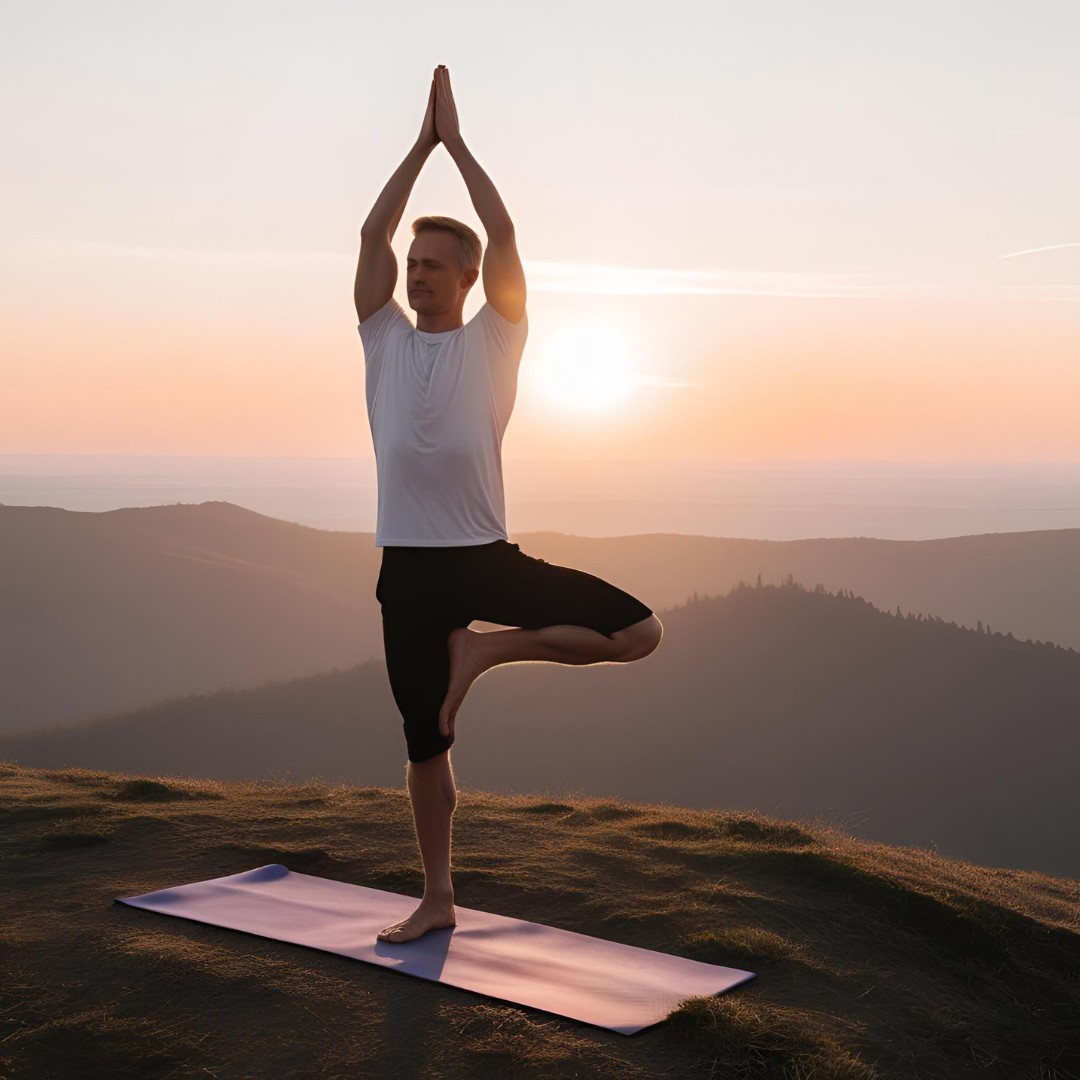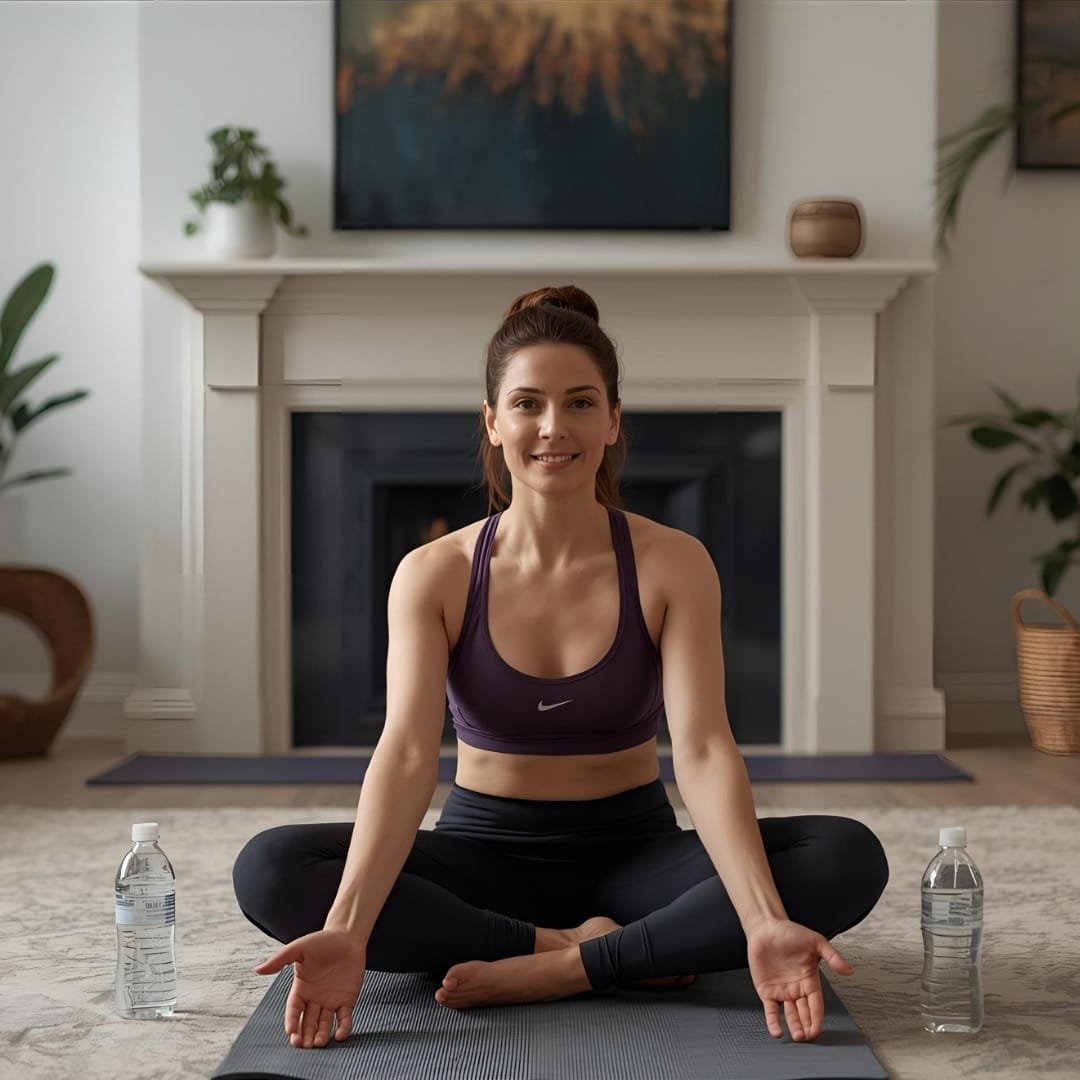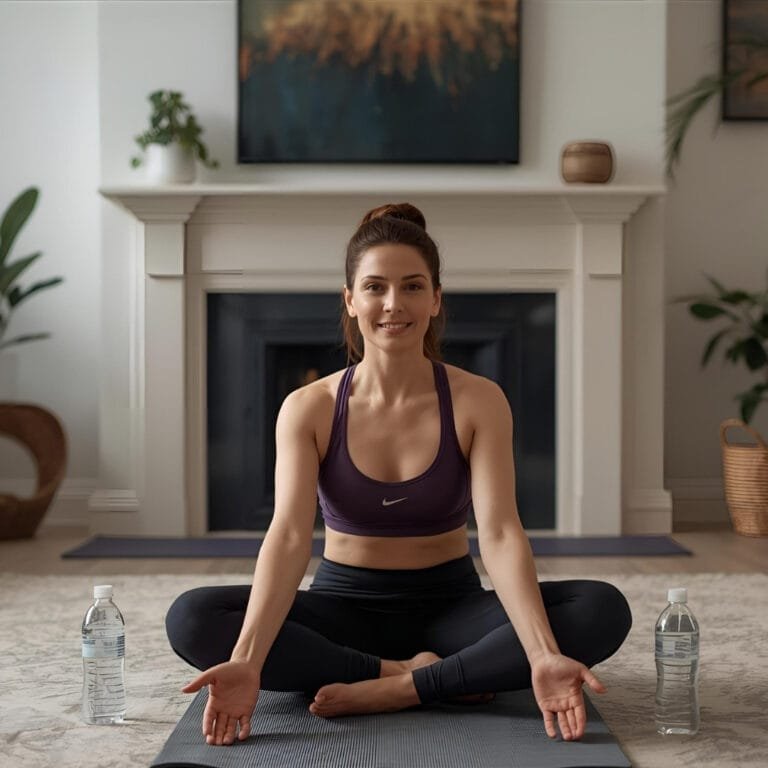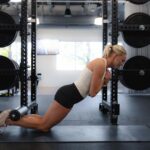Disclosure:
Thank you for reading this post, don't forget to subscribe!
Some of the links on this website are affiliate links. This means that if you click on the link and make a purchase, we may receive a small commission at no extra cost to you. Your support helps us keep the site running.Learn more on my Privacy Policy and Affiliate Disclosure page. Thank you for your support!
Welcome back to Part 2 of our series on the gluteus maximus. In Part 1, we covered the role of the gluteus maximus in core stabilization and the importance of healthy activation patterns. Now, we’ll dive into advanced glute strengthening techniques to help you build powerful, functional glutes that not only enhance your athletic performance but also protect against injury.
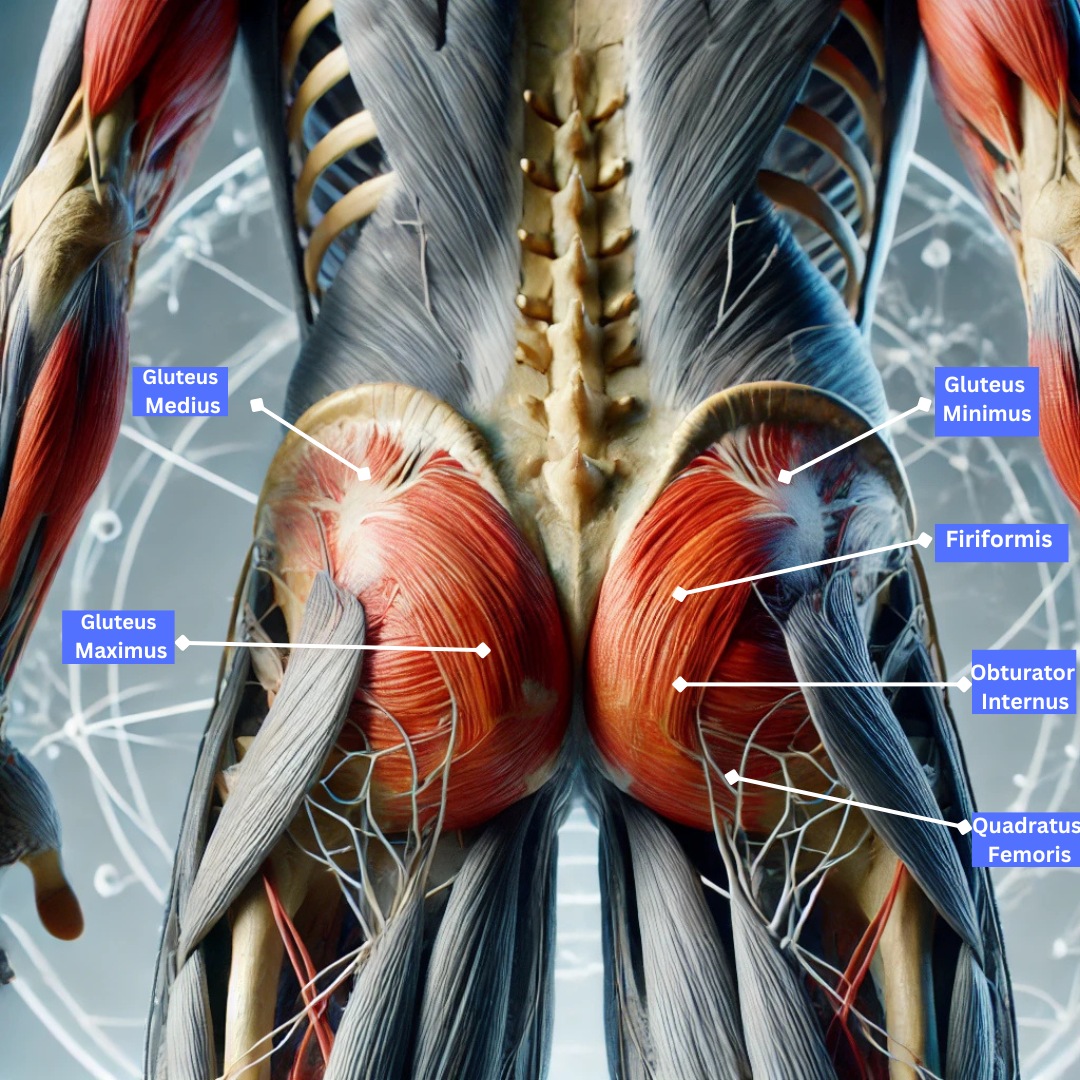
Whether you’re looking to improve your squat, prevent lower back pain, or build a stronger foundation for running or jumping, these exercises will help you take your glute training to the next level.
1. Why Strengthening the Gluteus Maximus is Essential for Performance
The Powerhouse Muscle
The gluteus maximus is not just for aesthetics—it’s the powerhouse of the body, driving powerful movements like sprinting, jumping, and lifting. Strong glutes are crucial for:
- Generating force during explosive movements.
- Supporting the lower back during heavy lifting or physical activity.
- Improving posture and reducing the risk of injuries.
If you want to maximize your athletic potential, strengthening the gluteus maximus should be a key part of your training program.
Core Integration for Performance
Advanced glute exercises don’t just isolate the glutes; they also engage the core, helping to stabilize the spine and pelvis during dynamic movements. This creates a strong foundation for power generation and efficient movement.
Check Out: Reference Part 1 to understand the role of glutes in core stabilization-In this article, we’ll dive into the anatomy and function of the gluteus maximus, its crucial role in core stabilization, and how you can ensure your glutes are firing properly to support overall movement and protect against injury.
Read next:
2. Advanced Glute Activation Techniques
Progressing from Basic to Advanced
If you’ve mastered basic glute activation exercises like glute bridges and clamshells, it’s time to challenge your glutes with more advanced movements. These exercises target the gluteus maximus from different angles, ensuring full activation and strength development.
Single-Leg Exercises
One of the best ways to strengthen the glutes is through unilateral (single-leg) movements, which help improve balance, coordination, and glute engagement. Some of the top exercises include:
- Single-Leg Deadlift: This exercise isolates one glute at a time, improving balance and strength.
- Bulgarian Split Squat: Elevate one foot on a bench behind you, and squat down with the other leg, focusing on engaging the glutes.
- Step-Ups: With a step or box, step up with one leg, driving through the heel to activate the glutes.
Hip Thrust Variations
The hip thrust is a highly effective exercise for isolating the glutes. Once you’ve mastered the basic version, you can add variations like:
- Banded Hip Thrusts: Use resistance bands around your knees to add extra tension to the glutes.
- Single-Leg Hip Thrusts: Focus on one glute at a time to maximize muscle activation.
find out more about: a workout guide with more advanced glute activation exercises-Exactly what your workout warm-up is missing.
3. Strengthening the Glutes with Compound Movements
The Role of Compound Exercises
While isolation exercises are great for targeting the glutes, compound movements like squats and deadlifts engage multiple muscle groups, including the glutes, and are essential for building overall strength and power. These exercises also help improve core stability as the glutes work in conjunction with the core to support movement.
Best Compound Exercises for Glutes
- Deadlifts: One of the best overall strength builders, deadlifts heavily engage the glutes, hamstrings, and lower back. Focus on driving through your heels and squeezing your glutes at the top of the lift.
- Squats: The squat is a classic movement that works the glutes, quads, and hamstrings. To maximize glute engagement, focus on driving your hips back and keeping your weight in your heels.
- Lunges: Lunges target each leg individually, providing an excellent workout for the glutes. You can increase intensity with walking lunges, reverse lunges, or weighted lunges.
Learn more about: Ultimate Guide To Core Strength: Build A Stronger, Healthier You-A strong core is not just about scoring those washboard abs—it’s about building a stable foundation for everything you do.
4. Plyometric and Explosive Glute Exercises

Why Explosive Movements Matter
Explosive exercises are critical for athletes and anyone looking to improve their speed, agility, and power. Plyometric exercises help to train the glutes to generate force quickly, which translates to faster sprinting, higher jumps, and more powerful movements.
Top Plyometric Glute Exercises
- Box Jumps: Focus on explosive power from the glutes as you jump onto a box or platform.
- Jump Squats: Add a jump to your squat to increase intensity and train the glutes to fire rapidly.
- Lateral Bounds: Jump laterally from one foot to the other, engaging the glutes to push off and stabilize on landing.
These exercises not only strengthen the glutes but also improve coordination and balance, enhancing overall athletic performance.
Read more about: plyometric exercises for explosive power-Plyometrics are dynamic exercises that help build strength, power, balance, and agility, although starting slow and simple is best.
5. Preventing Injury Through Glute Strengthening
The Gluteus Maximus and Injury Prevention
Strong glutes are crucial for injury prevention, particularly for the lower back, hips, and knees. Weak or inactive glutes lead to poor movement mechanics, which can place stress on other areas of the body and increase the risk of injury.
- Lower Back: Strong glutes stabilize the pelvis, protecting the lower back during heavy lifting and dynamic activities.
- Knees: By stabilizing the hips and controlling leg movements, strong glutes reduce the risk of knee injuries.
- Hips: Weak glutes often result in poor hip alignment, leading to discomfort and potential injury over time.
Protecting Against Overuse Injuries
Incorporating glute activation and strengthening exercises into your routine can help you avoid overuse injuries, particularly in the lower back and knees. These injuries are common in activities like running, cycling, and weightlifting, where the glutes often don’t get fully activated.
6. Glute Activation and Mobility in Everyday Life
Engaging Your Glutes Daily
Strengthening the glutes doesn’t have to be limited to the gym. There are plenty of ways to activate and engage the glutes throughout the day, helping to improve posture, movement efficiency, and core stability.
Here are some simple ways to incorporate glute activation into daily life:
- Walking: Focus on squeezing your glutes with each step to improve activation.
- Standing: Engage your glutes while standing by gently squeezing them for a few seconds, then relaxing.
- Sitting: Don’t let your glutes go completely dormant when sitting. Shift your weight forward slightly to engage the glutes and maintain good posture.
explore more:
Corrective Exercises for Inactive Glutes
If your glutes aren’t firing correctly, corrective exercises can help restore proper activation patterns. Stretching tight hip flexors and strengthening the posterior chain can improve mobility and allow the glutes to function properly.
Conclusion
Strengthening your gluteus maximus is essential for both performance and injury prevention. By incorporating advanced glute exercises into your routine, you can improve power, stability, and movement efficiency, all while protecting your lower back, hips, and knees. Remember, glute training isn’t just about building muscle—it’s about creating a strong, functional foundation for every movement.
Ready to take your glute training to the next level? Start incorporating these advanced exercises into your routine and see how stronger glutes can transform your performance and prevent injury. Share your progress or challenges in the comments below, and don’t forget to explore other parts of our glute training series.
Read more on: glute training and advanced workout routines-discovered the most effective exercises that not only helped me build a stage-ready backside but also improved my overall strength and performance.
more about:
HEALTH / WELLNESS / FITNESS / NUTRITION
share this article

